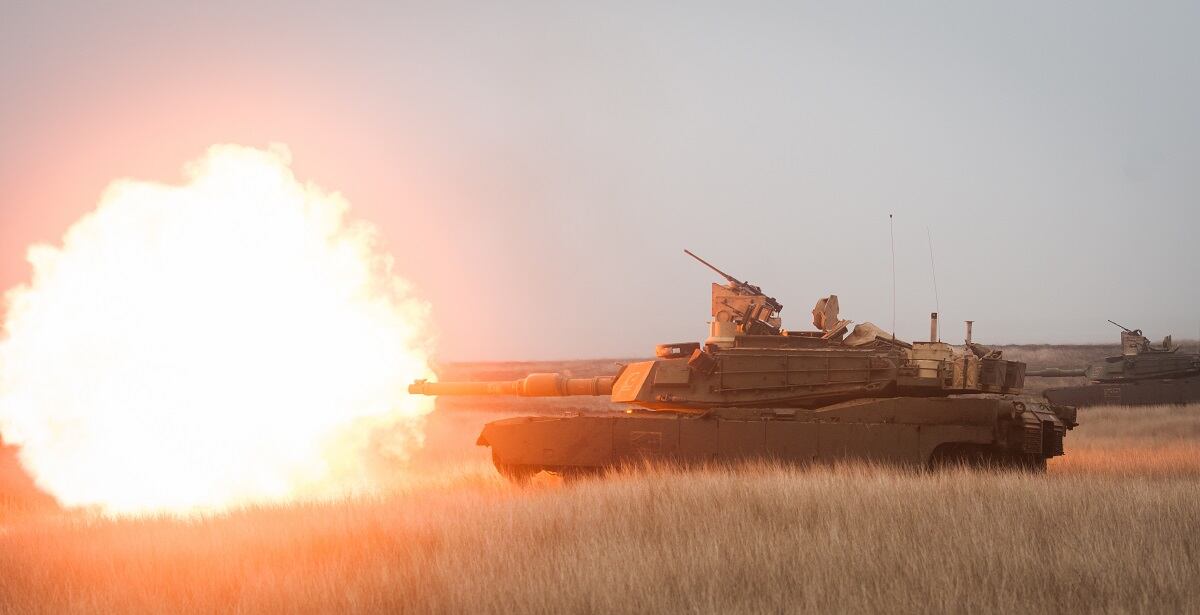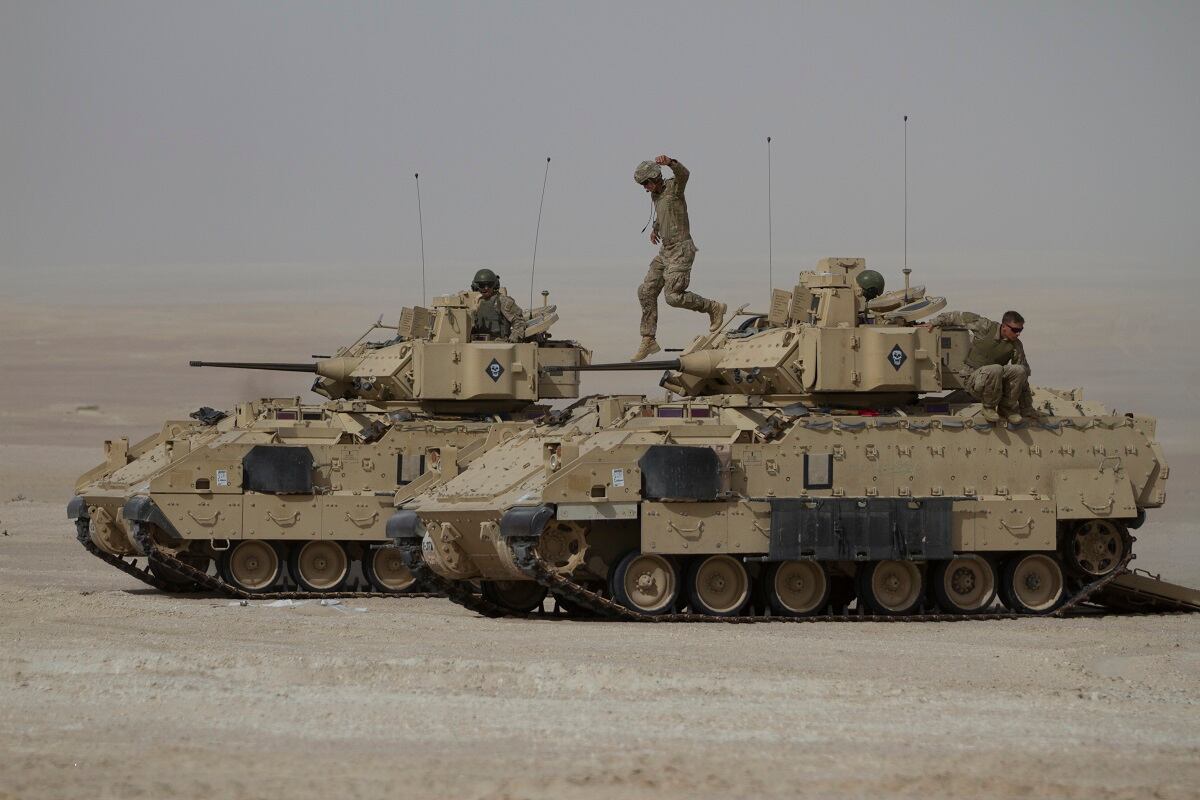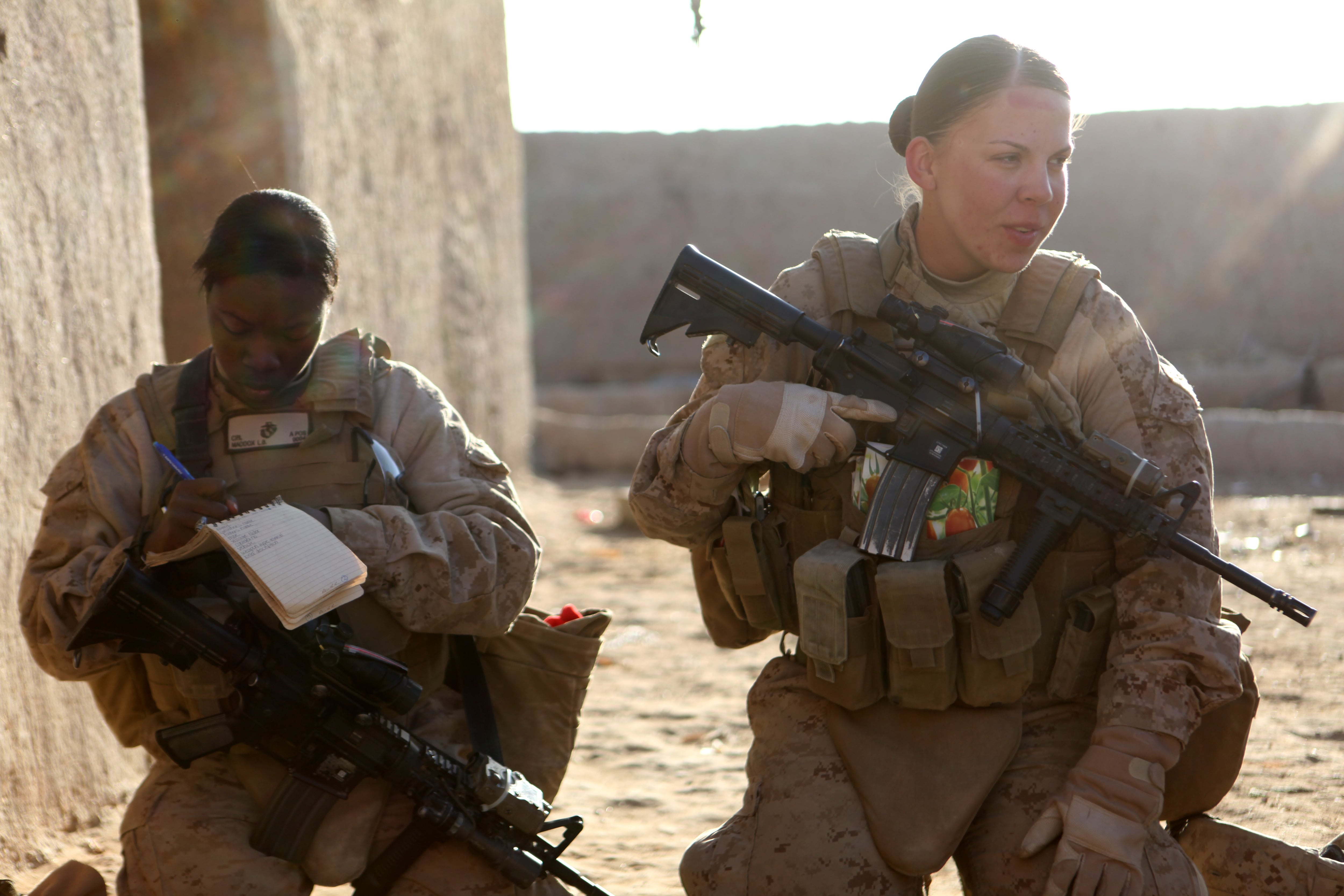WASHINGTON — The U.S. Army’s prototyping effort to inform a Next-Generation Combat Vehicle will be accelerated, according to fiscal 2019 service budget documents released this week.
“We want to pull a lot of things forward like the Next-Generation Combat Vehicle,” Army Secretary Mark Esper told reporters at the Pentagon on Feb. 15. “We can’t wait 15 years. We’ve got to pull that forward because I’m looking at the National Defense Strategy, I’m looking at those countries and I know I have to get there sooner.”
The recently released National Defense Strategy prioritizes staying ahead of peer adversaries Russia and China.
The Army named NGCV as one of its top-six modernization priorities that will be supported under the service’s new Futures Command expected to reach an initial operational capability this summer. A cross-functional team has already been formed to specifically address NGCV development.
[Army’s modernization command taking shape under freshly picked leaders]
The service has already started down a path to develop requirements to bring an NGCV to life with an initial fielding goal of 2035 that could replace potentially both the Bradley Fighting Vehicle and the Abrams tank. That was the plan a year ago, but the Army wants NGCV sooner, and accelerating the prototyping effort is the first step in reaching faster fielding goals.
The Army awarded a major prototyping effort to a team consisting of SAIC — the team lead — as well as Lockheed Martin, Moog Inc., GS Engineering, Inc., Hodges Transportation Inc. and Roush Industries in October 2017. The Army’s Tank Automotive Research, Development and Engineering Center, or TARDEC, is supporting the project.
[Next-Gen Combat Vehicle prototyping kicks off]
The $700 million contract has a period of performance over seven years and was going to lead to two prototypes by Sept. 30, 2022.
Yet, the service’s FY19 budget justification documents released Feb. 12 show the Army wishes to speed up that prototyping effort by at least a year.
In one section, the document states: “Current prototype build by TARDEC will be accelerated for delivery by FY2020.” In another section it reads: “TARDEC will take their existing contract using the [other transactional authority] and accelerate the [infantry fighting vehicle] build in order to deliver a first prototype by 1Q FY2021.”

A chart in the document shows the entire prototyping phase begins now and wraps up at the end of FY22. Requirements development will happen in tandem with the last few years of the prototyping effort — beginning in FY20 and ending in FY22 as well. A program-of-record start would not be far behind, likely kicking off in FY23 based on the average procurement process.
The Army is also injecting more funding into the NGCV prototyping effort to accommodate for the acceleration, budget documents show. In the FY18 budget request released last May, the service wanted to spend $32.7 million in FY19. But the FY19 request asks for $119.4 million.
From FY19 through FY22, the service wants to spend $207.4 million for the prototyping effort and NGCV development, according to the new budget documents. In the FY18 request, the Army asked for $176.1 million over the same time period.
Adding to the prototyping effort, the budget request this year shows the service wants, in FY19, to look at a series of subsystem demonstrators “building off of previous investment in ground combat acquisition and science and technology programs along with advanced technologies from industry and academia.”
Investments in FY19 will be influenced by an evaluation of an experimental demonstration of a closed-hatch infantry fighting vehicle and split-squad operations.
One of the aspects for NGCV under consideration is the possibility of splitting the squad.
Data from early synthetic prototyping capability to conduct soldier-in-the-loop virtual simulations of NGCV concepts and from the Future Fighting Vehicle and Squad Centric Mounted Maneuver efforts will inform investments in FY19 when maturing system-level concepts into a system-level experimental prototype, the documents state.
The NGCV cross-functional team and program management office will call for whitepapers in FY19 for industry to show technologies that will improve a combat vehicle to include “mobility, survivability, lethality, situational awareness, sensor fusion and demonstrate a path to autonomy,” according to the documents.
The acquisition strategy laid out in the budget documents states the project will continue to competitively award contracts.
Esper noted that in addition to NGCV acceleration, the Army is looking to speed up any timeline within its list of six priorities when it is able.
According to the budget documents, it appears some of the earlier prototyping efforts that will first emerge — besides Joint Multi-Role demonstrators for the Future Vertical Lift effort — will be new, enhanced night vision goggles and an enhanced Defense Advanced GPS Receiver Distributed Device, both in FY19.
The Army has budgeted $38 million for advanced prototyping efforts across the six modernization priorities in FY19, but plans to spend even more next year — a total of $174.7 million — according to budget documents, although it does not lay out what the service plans to focus on in FY20 prototyping efforts.
Jen Judson is an award-winning journalist covering land warfare for Defense News. She has also worked for Politico and Inside Defense. She holds a Master of Science degree in journalism from Boston University and a Bachelor of Arts degree from Kenyon College.




